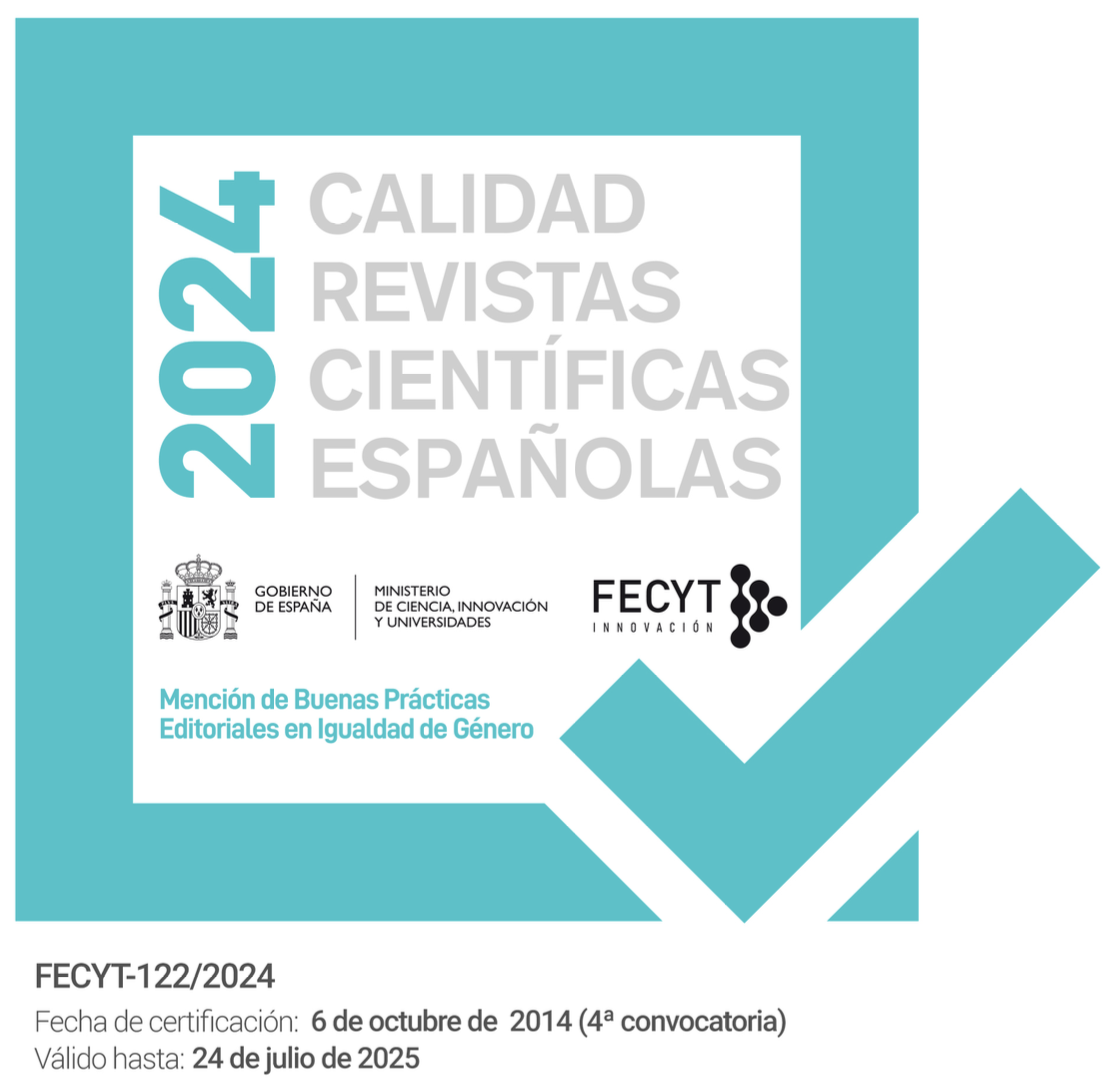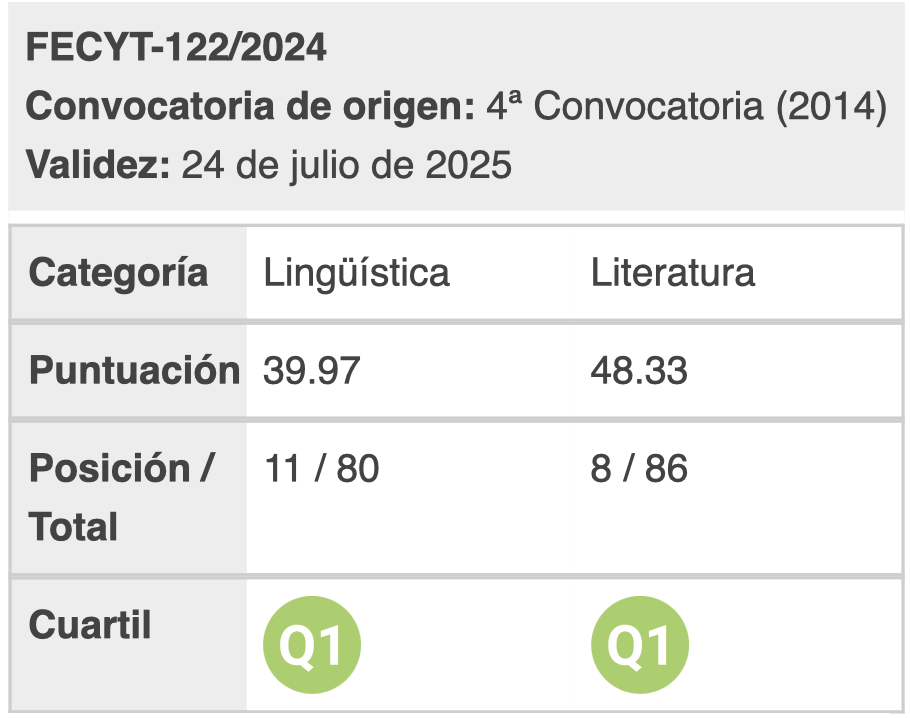Ut Pictura Kynesis: Pictorial Art in Romeo and Juliet Film Adaptations
DOI:
https://doi.org/10.28914/Atlantis-2024-46.2.14Abstract
The presence of pictorial art in the various film adaptations of William Shakespeare’s Romeo and Juliet has been traditionally expounded as part of an exercise in stylization and historical localization. Elaborating upon a comparative and revisionist approach, which draws on Douglas Lanier’s (2014) “rhizomatic” methodology, this paper reexamines the interaction between pictorial art and film rhetorics in the five major sound film adaptations of the play released, to date, for Western mainstream audiences. Exploring a representative selection of scenes evidences how the use of pictorial material in these productions aims to satisfy an aesthetic and historicist need while also serving a dialogic and discursive function. In so doing, this study demonstrates that Romeo and Juliet sound film adaptations have made use of pictorial art as a means to (re)negotiate the meaning of the literary text in response to their particular historical-social conditions and commercial interests. Ultimately, therefore, the analysis posits these productions as distinct ekphrastic media and proposes that they be reassessed as complex semiotic configurations, founded upon an exercise of textual, pictorial and kinetic transmediatization.
Downloads
References
Anderegg, Michael. 2004. Cinematic Shakespeare. Lanham: Rowman & Littlefield.
Andrew, Dudley. 2000. “Adaptation.” In Naremore 2000, 28-37.
Aragay, Mireia. 2005. “Reflection to Refraction: Adaptation Studies Then and Now.” In Aragay 2005, 11-34.
—, ed. 2005. Books in Motion: Adaptation, Intertextuality, Authorship. Amsterdam and New York: Rodopi.
Arroyo, José. 1997. “Kiss Kiss, Bang Bang.” Sight and Sound 7(3): 6-9.
Bakhtin, Mikhail. 1986. Speech Genres and Other Late Essays. Edited by Caryl Emerson and Michael Holquist. Austin: Texas UP.
Balsom, Erika. 2013. Exhibiting Cinema in Contemporary Art. Amsterdam: Amsterdam UP.
Barthes, Roland. 1977. Image, Music, Text. New York: Hill and Wang.
Bazin, André. 2000. “Adaptation, or the Cinema as Digest.” In Naremore 2000, 19- 27.
Bleeker, Maaike et al., eds. 2002. Bodycheck: Relocating the Body in Contemporary Performing Art. Amsterdam and New York: Rodopi.
Brown, Kathryn. 2016. Introduction. In Brown 2016, 1-15.
—, ed. 2016. The Art Book Tradition in Twentieth-Century Europe. London and New York: Routledge.
Canudo, Ricciotto. [1911] 1980. “The Birth of the Sixth Art.” Framework: The Journal of Cinema and Media 13: 3-7.
Carlei, Carlo, dir. 2013. Romeo and Juliet. Amber Entertainment, Echo Lake Entertainment, Indiana Production, and Swarovski Entertainment.
Cartmell, Deborah. 2000. “Franco Zeffirelli and Shakespeare.” In Jackson 2000, 212-21.
Casas Guijarro, Manuel. 2008. “The Bard Is No Longer What It Used to Be (or Not to Be): Reinterpreting Postmodern Discourses in Baz Luhrmann’s William Shakespeare’s Romeo+Juliet (1996) and Michael Almereyda’s Hamlet (2000).” Barcelona English Language and Literature Studies 17: 1-11.
Castellani, Renato, dir. 1954. Romeo and Juliet. Universalcine and Verona Produzione. Clüver, Claus. 2017. “Ekphrasis and Adaptation.” In Leitch 2017, 459-76.
Crowl, Samuel. 2008. Shakespeare and Film: A Norton Guide. New York: Norton.
Cukor, George, dir. 1936. Romeo and Juliet. Metro-Goldwyn-Mayer.
Cutchins, Dennis. 2017. “Bakhtin, Intertextuality, and Adaptation.” In Leitch 2017, 71-86.
Doherty, Thomas. 1999. Pre-Code Hollywood: Sex, Immorality, and Insurrection in American Cinema, 1930-1934. New York: Columbia UP.
Felleman, Susan. 2006. Art in the Cinematic Imagination. Austin: Texas UP.
Genette, Gérard. 1997. Palimpsests: Literature in the Second Degree. Lincoln and London: Nebraska UP.
Grimal, Pierre. 1991. Dictionary of Classical Mythology. London: Penguin Books.
Holderness, Graham, and Christopher McCullough. 1986. “Shakespeare on the Screen: A Selective Filmography.” Shakespeare Survey 39: 13-38.
Huang, Alexa, and Elizabeth Rivlin, eds. 2014. Shakespeare and the Ethics of Appropriation. New York: Palgrave Macmillan.
Jackson, Russell. 2000. “From Play-Script to Screenplay.” In Jackson 2000, 15-34.
—. 2000, ed. The Cambridge Companion to Shakespeare on Film. Cambridge: Cambridge UP.
—. 2014. Shakespeare and the English-Speaking Cinema. New York: Oxford UP.
Keramatfar, Hossein, and Maryam Beyad, eds. 2020. Cinema and Its Representations: Poetics and Politics. Newcastle upon Tyne: Cambridge Scholars Publishing.
Kristeva, Julia. 1980. “The Bounded Text.” In Kristeva 1980, 36-63.
—. 1980. Desire in Language: A Semiotic Approach to Literature and Art. Edited by Leon S. Roudiez. Oxford: Basil Blackwell.
Lanier, Douglas. 2014. “Shakespearean Rhizomatics: Adaptation, Ethics, Value.” In Huang and Rivlin 2014, 21-40.
Lehmann, Courtney. 2010. Screen Adaptations: Shakespeare’s Romeo and Juliet: The Relationship Between Text and Film. London and New York: Bloomsbury Methuen Drama.
Leitch, Thomas, ed. 2017. The Oxford Handbook of Adaptation Studies. New York: Oxford UP.
Levenson, Jill. 1987. Shakespeare in Performance: Romeo and Juliet. Manchester: Manchester UP.
Lillich, Meredith. 1956. “Shakespeare on the Screen: A Survey of How his Plays Have Been Made into Movies.” Films in Review 7 (6): 247-60.
Luhrmann, Baz, dir. 1996. William Shakespeare’s Romeo+Juliet. Bazmark Films, Estudios Churubusco Azteca, and Twentieth Century Fox.
Monk, Claire. 2011. Heritage Film Audiences: Period Films and Contemporary Audiences in the UK. Edinburgh: Edinburgh UP.
“The Motion Picture Production Code of 1930.” In Doherty 1999, 347-59. Naremore, James, ed. 2000. Film Adaptation. New Brunswick: Rutgers UP.
Owens, Rebekah. 2021. Studying Shakespeare on Film. Liverpool: Auteur.
Panecka, Ewa. 2019. Religious Experience in Modern Poetry. Newcastle upon Tyne: Cambridge Scholars Publishing.
Piepenburg, Claire. 2018. “Not Yet Rated: Self-Regulation and Censorship Issues in the U.S. Film Industry.” UCLA Entertainment Law Review 25 (1): 97-131.
Reijnders, Frank. 2002. “The Hide of Marsyas: Some Notes on the Screen of Painting.” In Bleeker et al. 2002, 161-73.
Reza, Mohammad et al. 2020. “Romeo, Juliet and their Millennial Peers: A Chronotopic Study of Baz Luhrmann and Carlo Carlei’s Cinematic Adaptations of William Shakespeare’s Romeo and Juliet.” In Keramatfar and Beyad 2020, 31-49.
Roberts, Sasha. 1998. William Shakespeare: Romeo and Juliet. Plymouth: Northcote House.
Rothwell, Kenneth S. 1973. “Hollywood and Some Versions of Romeo and Juliet: Toward a ‘Substantial Pageant’.” Literature/Film Quarterly 1(4): 343-51.
Santi, Pier Marco de. 1987. Cinema e Pittura. Florence: Giunti.
Shakespeare, William. [1597] 2016. Romeo and Juliet. Edited by G. Blakemore Evans. New York: Cambridge UP.
Stam, Robert. 2000. “Beyond Fidelity: The Dialogics of Adaptation.” In Naremore 2000, 54-76.
Styan, J. L. 1977. “Sight and Space: The Perception of Shakespeare on Stage and Screen.” Educational Theatre Journal 29(1): 18-28.
Tatspaugh, Patricia. 2000. “The Tragedies of Love on Film.” In Jackson 2000, 135- 59.
Vacche, Angela Dalle. 1996. Cinema and Painting: How Art Is Used in Film. Austin: Texas UP.
Walker, Lewis. 2002. Shakespeare and the Classical Tradition: An Annotated Bibliography, 1961-1991. New York and London: Routledge.
Woods, Gillian. 2013. Shakespeare: Romeo and Juliet. Basingstoke: Palgrave Macmillan.
Zeffirelli, Franco, dir. 1968. Romeo and Juliet. BHE Films, Dino de Laurentiis Cinematografica, and Verona Produzione.
Downloads
Published
How to Cite
Issue
Section
Most read articles by the same author(s)
- Álvaro Albarrán Gutiérrez, Writing the Self: Philip Freneau’s Homeostatic Poetic Production , Atlantis. Journal of the Spanish Association for Anglo-American Studies: 2018: Vol. 40, Num. 2








